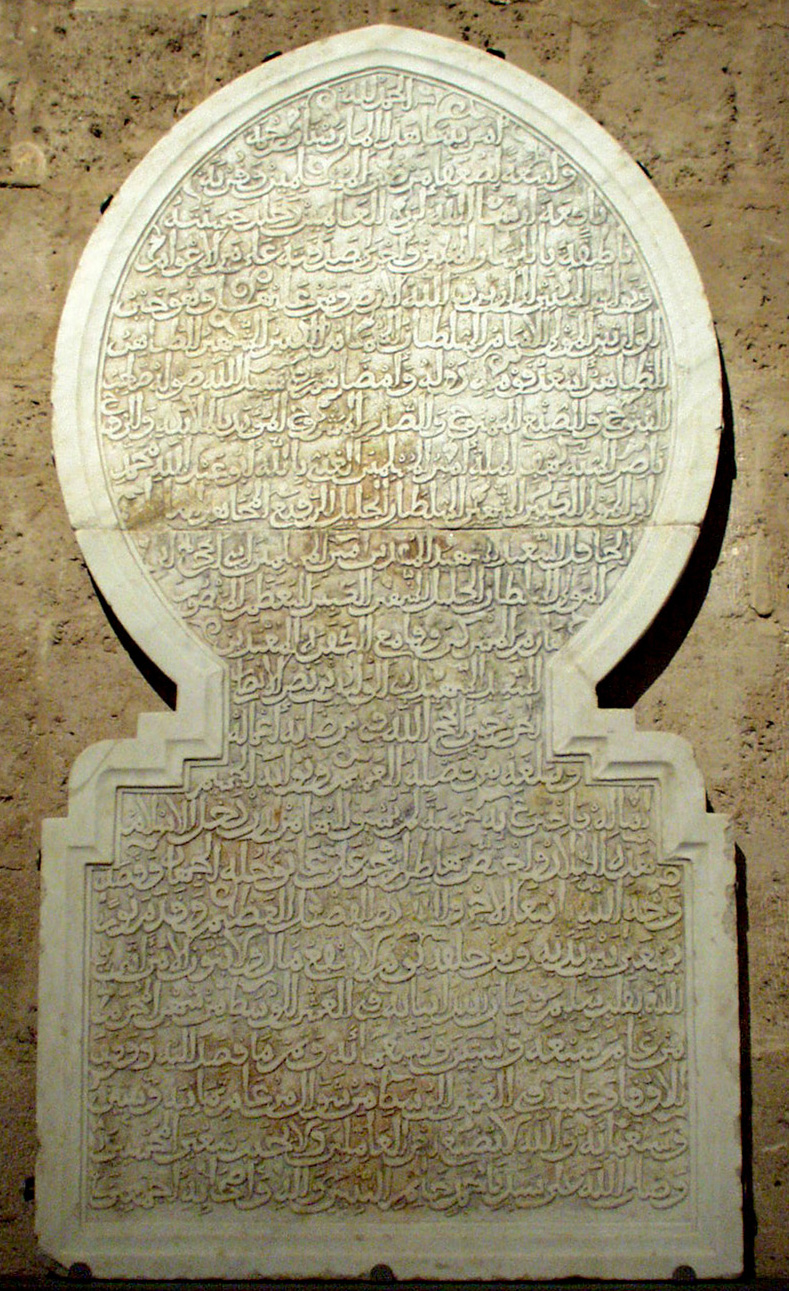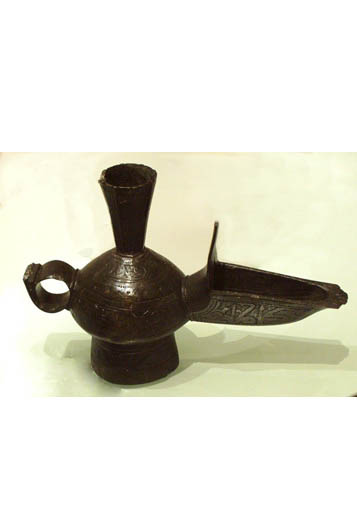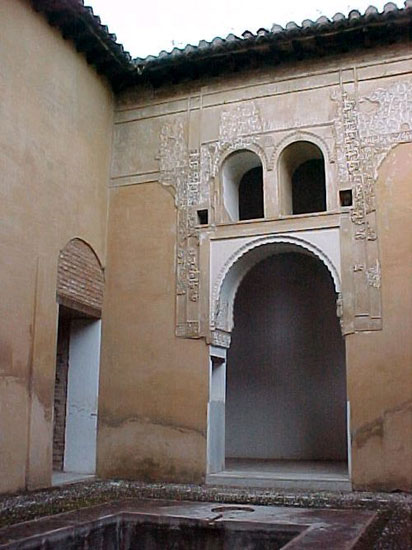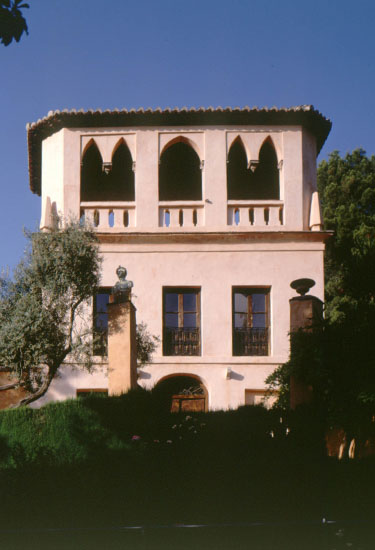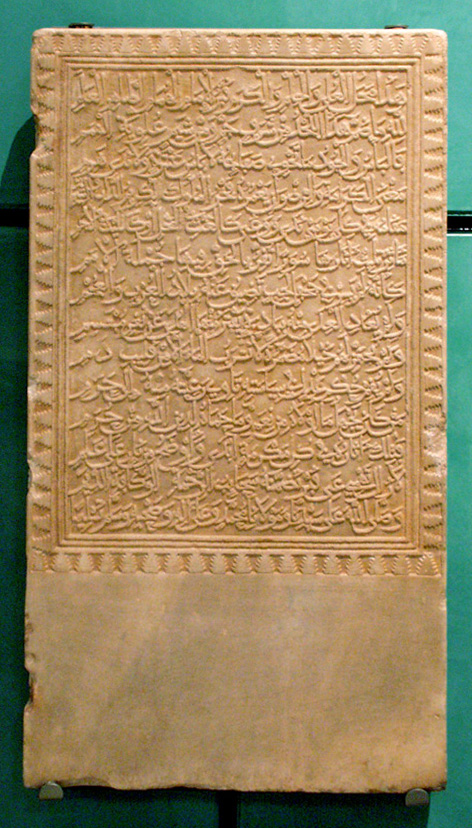The Maristán Lions
November’s Museum Piece of the Month is the Maristán Lions. Every Saturday in November, from noon onwards, restorer and artist Carmen Tienza will analyse the peculiarities of these extraordinary sculptures in Room IV of the Museum of the Alhambra, as part of a free programme offered by Patronato de la Alhambra y Generalife (PAG).
According to its foundation stone, the Maristán was built in 1365-1367 by Muhammad V, as a hospital and social institution. It has a rectangular floor-plan with a central courtyard and elongated pool. The two lions, sculpted in massive limestone blocks containing chert nodules, a material possessing great mechanical resistance, had water spouts in their mouths and were located on either side of the pool. The technique used in their construction and their location were linked with the iconography of the lion as an emblem of power. Whereas in other cultures, the lion represented bravery, victory and virtue, in al-Andalus it was also traditionally related with fountains and with water.
Itinerary and preservation of the sculptures
When the Maristán was demolished, the lions were moved to the Partal pool at the Alhambra, where they remained for decades. The Museum of the Alhambra ordered their restoration in situ, as keystones of its permanent collection. The methods used to recover the statues were decided on a basis of functionality, as their outdoor location and their function as water spouts makes them constantly vulnerable to environmental and hydraulic factors, with marked microbiological development in their most exposed parts. Thus, biological disinfection, integral cleaning and elimination of harmful mortars were priority to recover the stability of the creatures, from a purely preservational outlook.
When: Saturdays (November), noon.
Where: Room IV, Museum of the Alhambra, Palace of Carlos V.





 Contact
Contact






